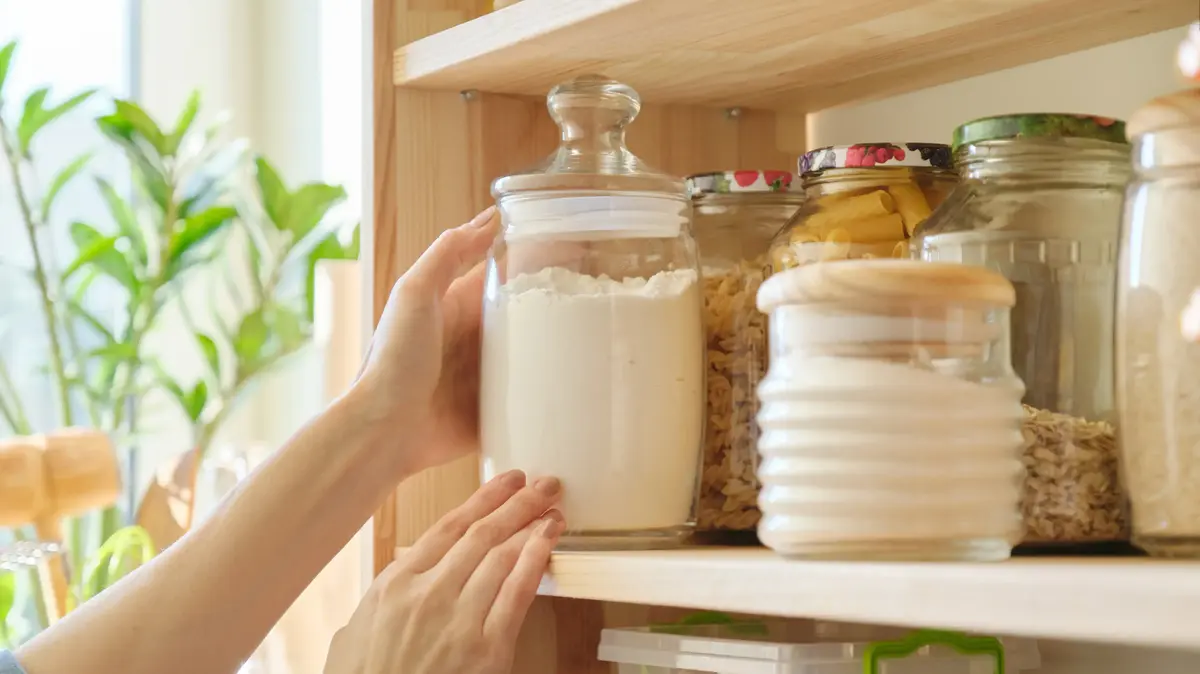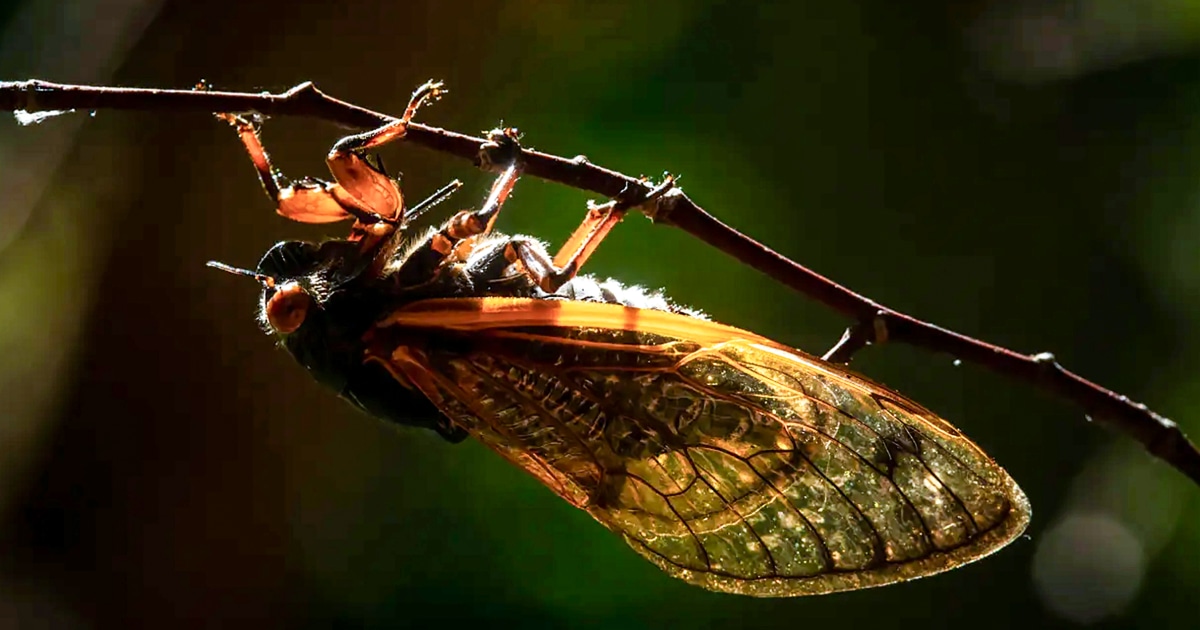Enlarge image
»In principle, individual cells will probably suffice«
Photo: Guido Mieth / Getty Images
There is an elegant way to determine the biological diversity of an ecosystem without knowing all the species that occur there: For a number of years, researchers have been using so-called environmental DNA.
These are sections of genetic material that are not extracted directly from organisms, but from environmental samples such as water and sediments – or even the air.
When a bee flies to a flower to pollinate, it leaves behind some saliva.
A bug stings a leaf, a spider leaves silken threads.
Biogeographer Henrik Krehenwinkel from the University of Trier describes all of this as sufficient to detect the DNA of the insects.
Eggs or excrement are also suitable traces.
Together with two colleagues, he reports in the specialist journal "Biological Letters" on a new method with which traces of insect genomes can be obtained from dried plants and evaluated.
It is interesting that the environmental DNA is not taken from the surface of the plants, as is usually the case, but from crushed, dried plant material.
The environmental DNA is not available for long on the plant cover because it is broken down by UV light or washed away by rain.
Another limitation is that mainly insects on the surface of the plant are taken into account.
The new method should help here.
"Now we can also prove which insects live inside the plant," explained Krehenwinkel.
Interesting investigations in museum holdings
According to the researcher, the method presented opens up the possibility of analyzing old plant populations, for example from museums, and comparing their colonization with today's.
"This would make it possible to find out what the insect community looked like years ago when the plant was collected and what it looks like at the site today." That is particularly important with a view to insect mortality.
A team led by Krehenwinkel has just published another specialist article on this subject, which has not yet been independently reviewed.
The team tested their approach on seemingly simple test objects such as a tea bag.
"We examined commercially available teas and herbs and found DNA from up to 400 different insect species in a single tea bag," says Henrik Krehenwinkel.
Whether there is a limit to what can be detected still needs to be researched.
"In principle, however, individual cells, such as those of a beetle, are probably sufficient."
In an interview, the researcher revealed that he himself prefers coffee to tea.
However, the ground beans are probably less suitable for DNA experiments.
The roasting destroys the remains of the genetic material that are sensitive to heat.
chs/dpa








